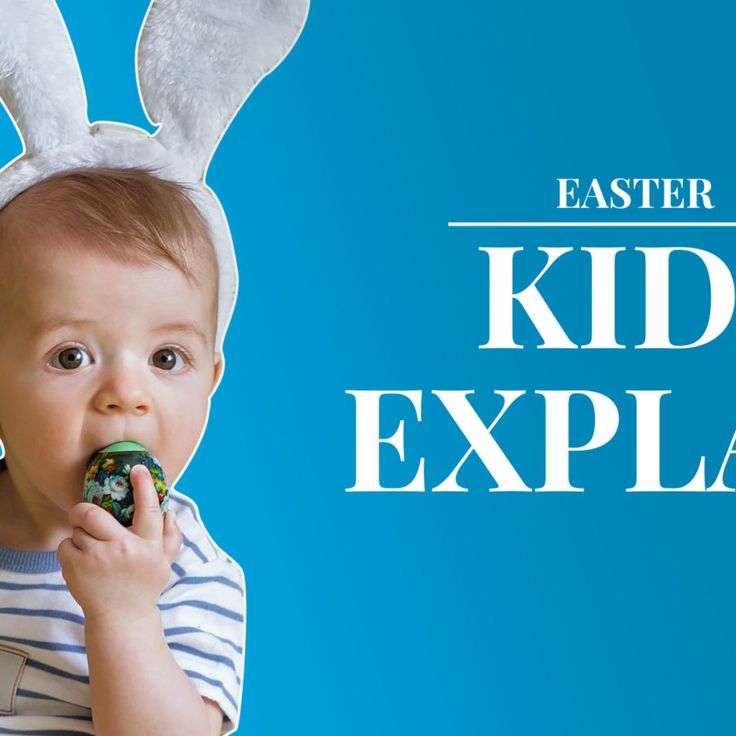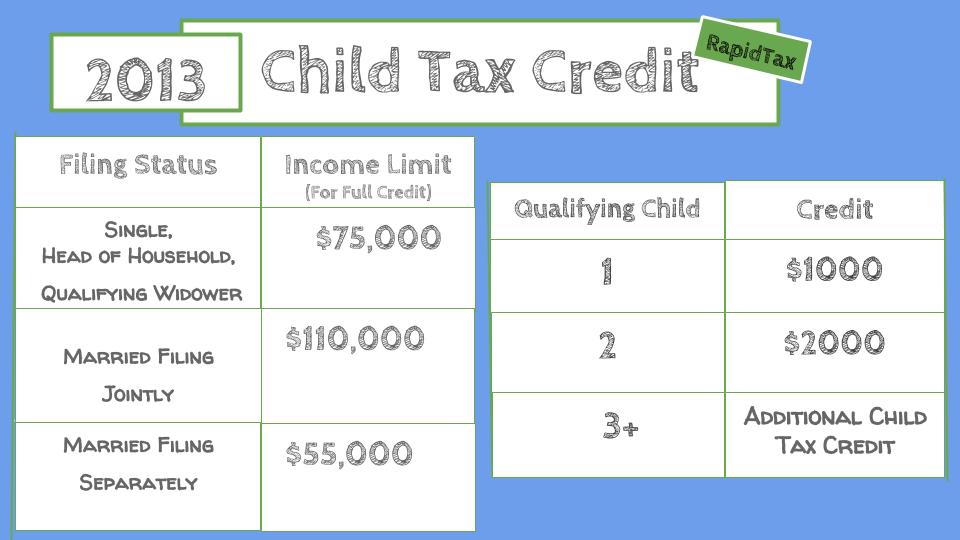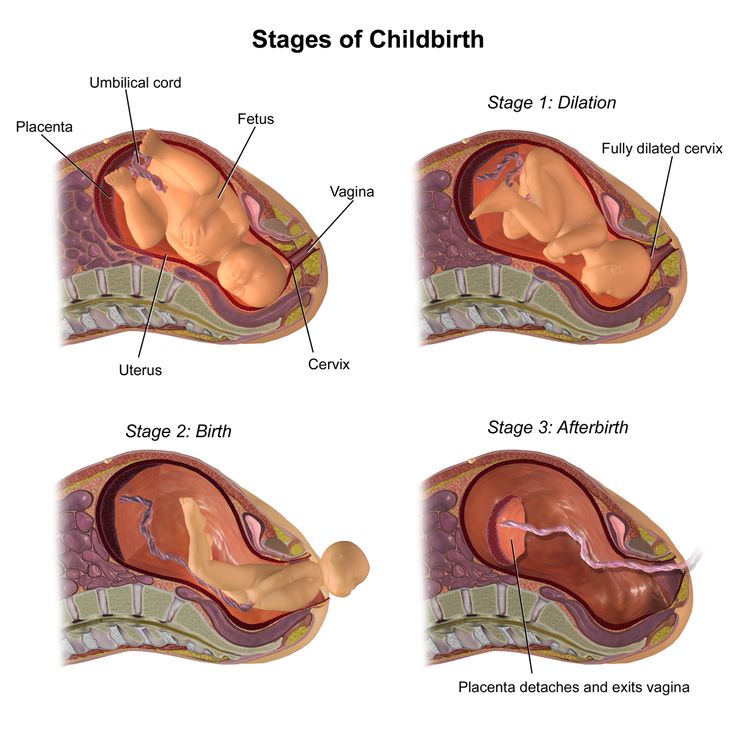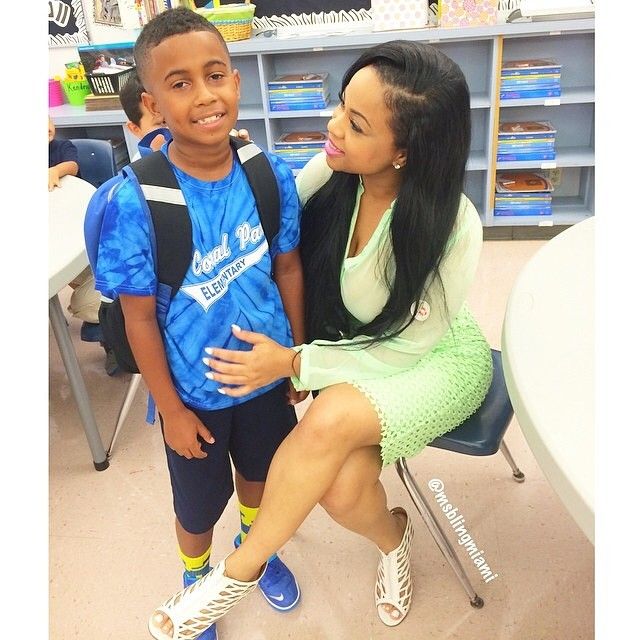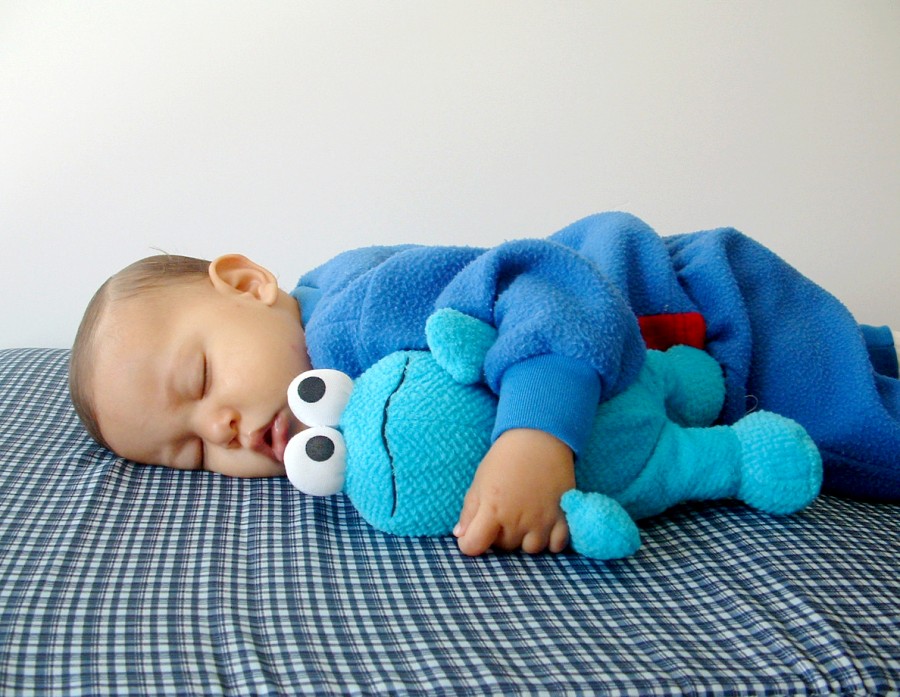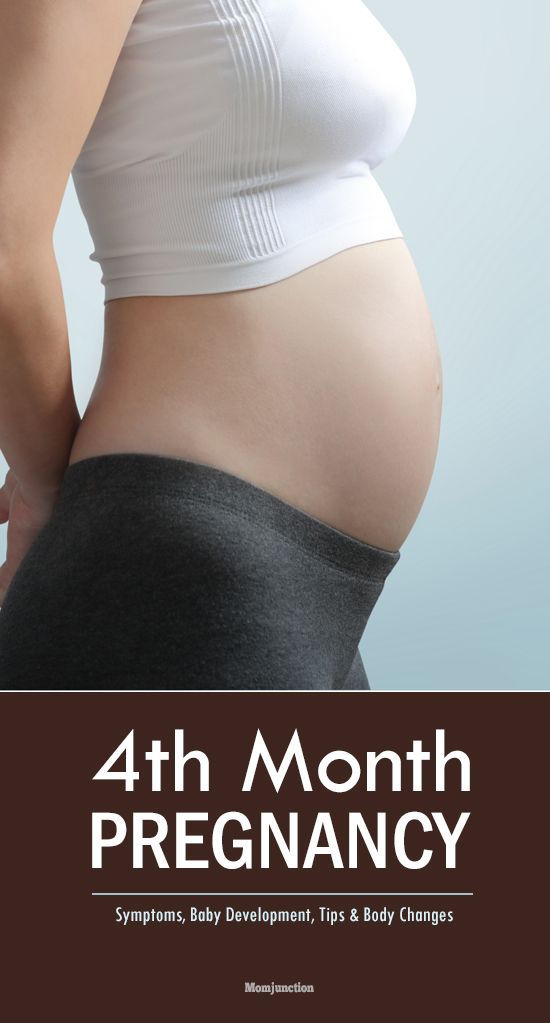How do you explain easter to a child
How To Explain Easter to Kids
With Easter egg hunts, a bunny mascot and chocolate aplenty, it’s easy to see why Easter is an exciting time for kids! Yet how many of them actually know why we celebrate Easter or where our Easter traditions come from? These fun facts should help you discover how to explain Easter to Kids!
1. The date of Easter changes every year. This is because Easter falls on the first Sunday after the full moon following the March equinox. However, this always occurs on or between 22nd March and 25th April.
2. Easter is the Christian celebration of the resurrection of Jesus Christ. It is the oldest Christian tradition. It is also considered to be the most important date on the Christian calendar.
3. Easter marks the end of the 40-day period of Lent, which is a traditional time of fasting that begins on Ash Wednesday.
4. The week before Easter is known as Holy Week. This begins on Palm Sunday and includes Maundy Thursday (the day of the Last Supper), Good Friday (the day of Christ’s crucifixion) and Holy Saturday (the time between the crucifixion and resurrection).
5. Eggs are associated with Easter because eggs (along with milk and meat) were forbidden during Lent. Any remaining eggs would be used up on the day before Lent, Shrove Tuesday, which is also known as Pancake Tuesday. The eggs accumulated during Lent would then be eaten at Easter.
6. Eggs are also associated with Easter since they are a symbol of fertility and rebirth, linking them with springtime and with the celebration of the resurrection.
7. Decorating Easter eggs first began with the custom of staining eggs red to symbolise the blood shed by Christ during the crucifixion. The practice of painting Easter eggs is called pysanka. Find out an easy way to start the tradition with your kids of dyeing eggs for Easter with kids here.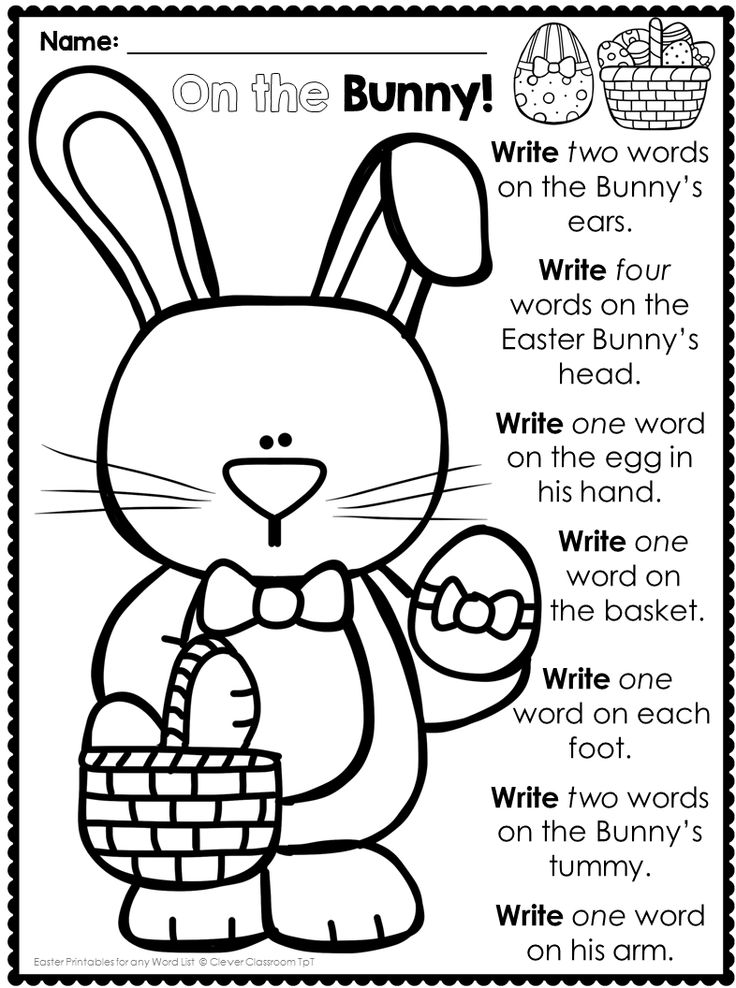
8. Hot cross buns were one of the earliest Easter treats, and were made by European monks to be given out to the poor during Lent. They have become less traditional over time with many supermarkets selling them all year round.
9. The word ‘Easter’ comes from Ēosturmōnaþ (meaning Easter month), an Old English name for the month of April, which was named after Ēostre, the Pagan goddess of spring and fertility.
10. The first chocolate Easter eggs were made in France and Germany as far back as the early 19th century. The first Cadbury Easter eggs were made in 1875 which is documented in the story of Cadbury Easter Eggs. They are most famous today for their delicious Cadbury creme eggs sold all year round YUM!
11. The tallest chocolate Easter egg ever made 10.39 metres high and weighed 7,200 kilogrammes, making it taller than a giraffe and heavier than an elephant!
12.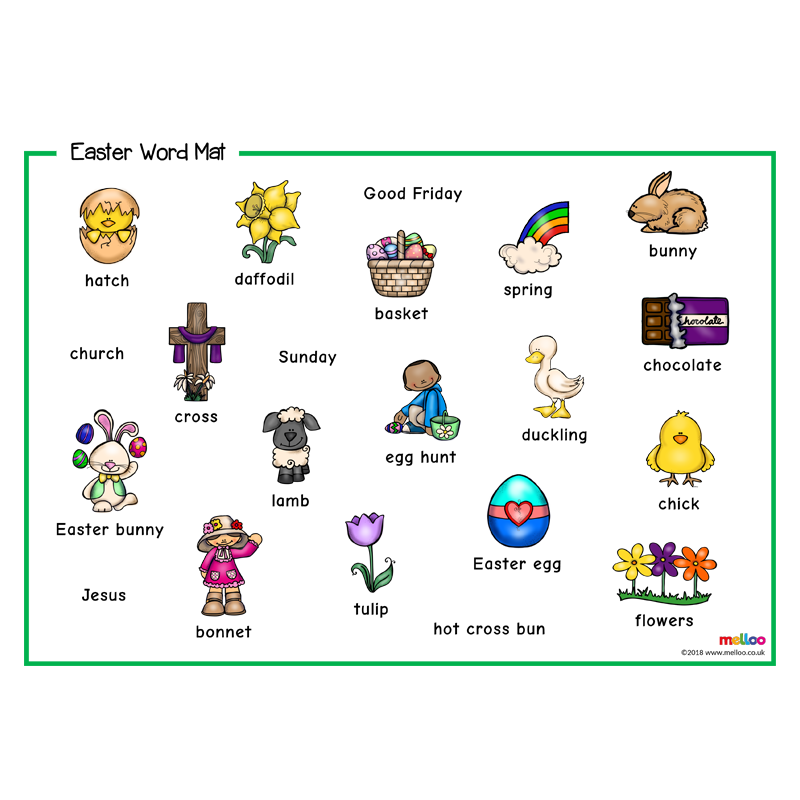 The idea of the Easter Bunny originated among German Lutherans as the Easter Hare, which was said to judge whether children had been good or bad, to determine if they deserved Easter eggs. The first mention of this character in literature appeared in a story in 1682.
The idea of the Easter Bunny originated among German Lutherans as the Easter Hare, which was said to judge whether children had been good or bad, to determine if they deserved Easter eggs. The first mention of this character in literature appeared in a story in 1682.
13. Easter is celebrated in different ways around the world. In Sweden, instead of an Easter Bunny, they have an Easter Wizard, and the kids dress as witches and wizards like our Halloween! Check out this video which explains other things the Swedish do differently. (They aren’t alone- Easter means different things to many different cultures).
14. Since rabbits are an introduced pest species in Australia, the Easter Bilby is often celebrated instead of the Easter Bunny, and chocolate bilbies are sold. Both Pink Lady Chocolates and Haigh’s Chocolates donate proceeds from their sales of chocolate bilbies to support bilby conservation.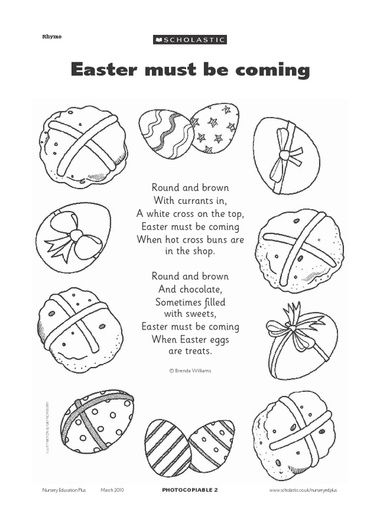
Dates of Easter by Year
In the coming years, Easter will fall on the following dates:
- 2016 — 27th March
- 2017 — 16th April
- 2018 — 1st April
- 2019 — 21st April
- 2020 — 12th April
- 2021 — 4th April
- 2022 — 17th April
- 2023 — 9th April
- 2024 — 31st March
- 2025 — 20th April
We love Easter at Brisbane Kids and have lots of resources to help make Easter memorable and awesome!
Easter Egg Hunts Ideas for Older Kids
Finding different ways of challenging your older child to find their Easter Eggs is what this post is all about. It makes it a lot more fun for them and for you and ensures some appreciation for the goodies that they will receive. Read Easter Eggs Hunts for Older Kids
Non Chocolate Easter Egg Gifts
Maybe you want to avoid the sugar or maybe you have a child who simply isn’t able to gobble up 20 Easter Eggs for medical or allergy reasons. If it is for allergy reasons then head to your local health food shop and you will find some dairy and sugar free alternatives if you still want your child to experience the traditional Easter Egg experience.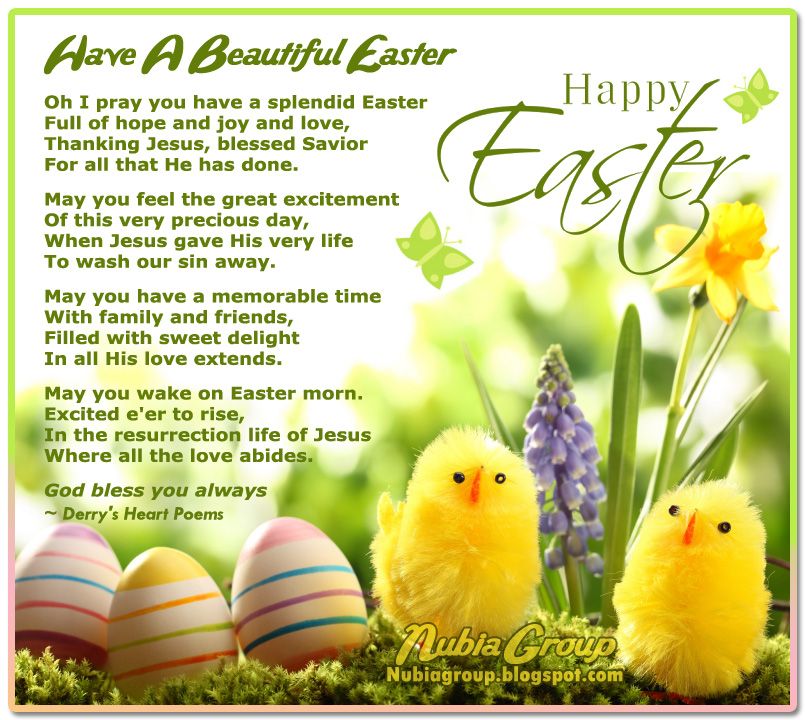 If it is simply because you want to avoid the food reward them you will love this post on non-chocolate Easter Egg gift alternatives
If it is simply because you want to avoid the food reward them you will love this post on non-chocolate Easter Egg gift alternatives
Easter Colouring Sheets (Printable)
Celebrations throughout the year are a great time to get the kids crafting and colouring as gifts for family or simply to mark the year, at the age they are for a memory box. For some families it is simply about having fun around Easter and perhaps popping an Easter drawing (coloured in) on the fridge. Find a good collection here
For more Easter fun, ideas, crafts and more, check out our Easter page here.
About the Author
Ngaire Stirling
Owner and Founder of Brisbane Kids, Ngaire grew up in Brisbane and lives with her husband, 3 kids and many animals. She has marketing and teaching qualifications and spends her spare time growing vegetables and advocating for wildlife including koalas. She loves long summer days, bright starry nights and working on Brisbane Kids.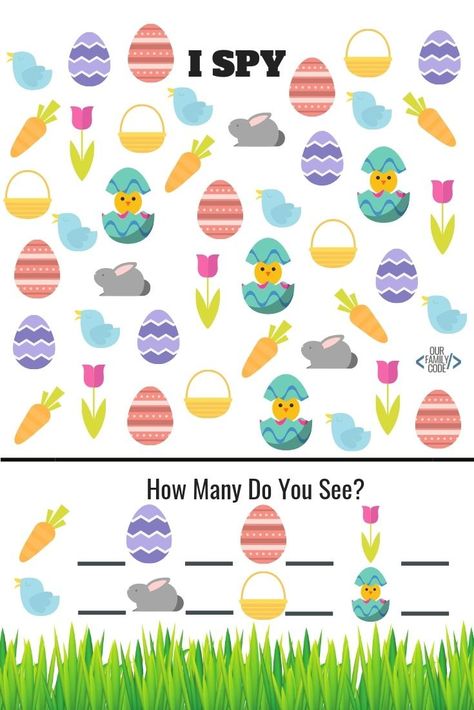 https://brisbanekids.com.au/about-us/
https://brisbanekids.com.au/about-us/
Keep Up To Date With Brisbane Kids!
How to Explain the Easter Story to Your Preschooler
Editor’s Note—Because of the coronavirus, Easter will look a little different in 2020. So we’re helping churches and families adjust to this new reality with a newly reimagined Easter Jam resource. You can download this at-home Easter experience for the whole family now!
There’s something about watching a bunch of three-and four-year-olds decked out in frilly dresses and bow ties, racing through the yard as they hunt for eggs and get distracted by bugs, airplanes, and…oh my gosh, there’s candy in this egg!
Easter and preschoolers…could there be a cuter combination?
Of course, when it comes to the actual Easter story—you know, the one complete with betrayal and gruesome death—this holiday takes on a decidedly darker look.
How can we share the good news of Easter without crushing our little one’s innocence? How can we convey the great love of God in a way that a preschooler will understand?
The answer: keep things on their level.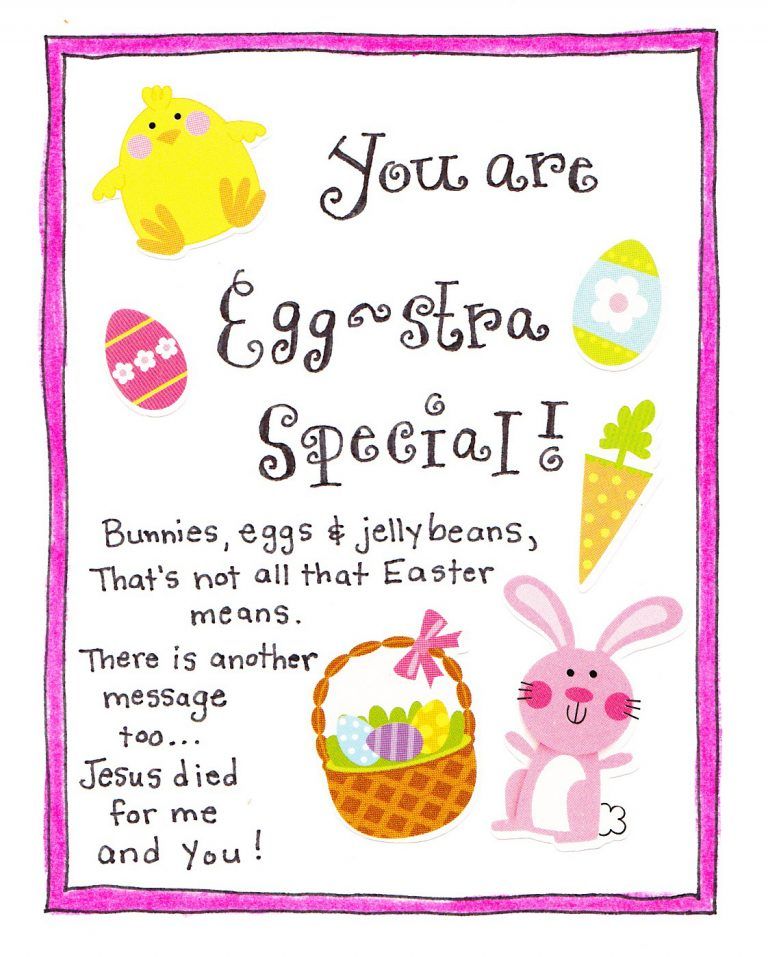 Here’s what that might look like:
Here’s what that might look like:
Start with a made-up story
Preschoolers learn best by putting things into simple categories. So, before you launch right into the four gospels, tell a tale to which he can relate. Maybe you’ll say:
“Think for a minute about your most favorite toy in the whole wide world. Can you picture it? Tell me what it is. Your dump truck? Yes! Your dump truck is the best! He can carry loads of blocks and balls and toy cars. He’s so strong!
Now, imagine for me that there was another little boy in another place far from here; and he had no dump truck. In fact, he had no toys at all. I wonder how he might feel? Yeah, he might be sad; or he might get really bored.
And what if you knew the only way he could be happy, the only way he could enjoy playing with a toy, is if you sent him your most favorite toy—your very own dump truck? Would you do it? Could you give away the best toy ever to make another little boy happy?”
Pause when you ask questions to give your preschooler time to think and respond.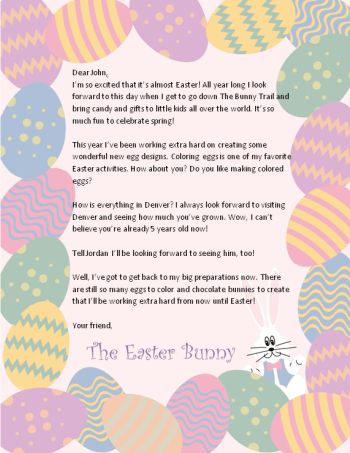 Listen as he shares his emotions and struggles with deciding what he would do.
Listen as he shares his emotions and struggles with deciding what he would do.
Emphasize God’s love
While it’s impossible to skip over Jesus’ actual death, when it comes to preschoolers, be sure to keep the main thing the main thing. And the story of Easter? It’s all about God’s love for us.
He willingly chose to send His Son down to Earth and to certain death. But why? He did this so we could live a better life. He did this so we could live eternally with Him in Heaven. He did this not just for our happiness, but for our ultimate joy.
Revisit the scenario of your preschooler’s sacrificing his favorite toy. Ask him to remind you how that felt. Then say:
“God chose to give up His one and only Son. Jesus chose to give up His very life. He chose to die so that you and I can live. God loves you so much that He did the hardest thing ever–He gave up His Son. I can’t imagine doing that! And Jesus loves you so much that He did the hardest thing ever–He gave up His life.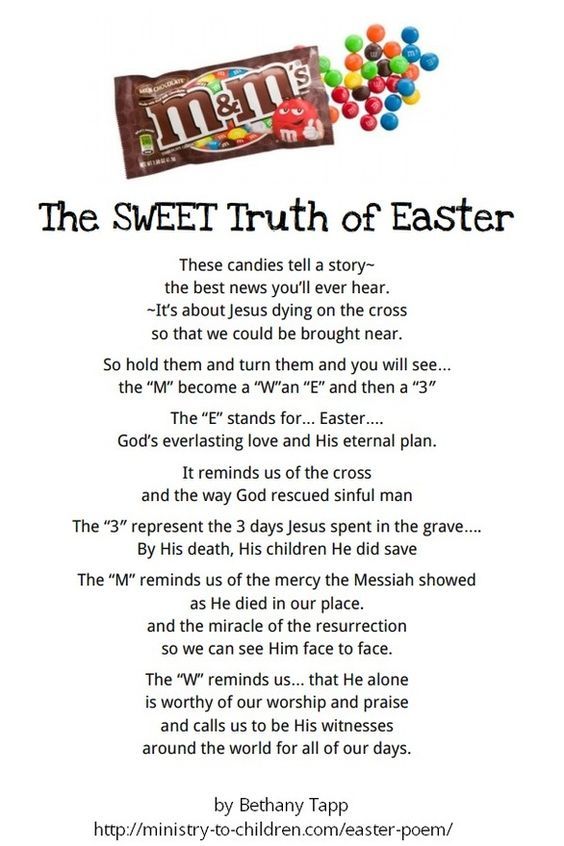 Can you imagine doing that?”
Can you imagine doing that?”
Above all else, be sure that the Easter story you share connects the heart of your preschooler to the heart of the Father.
Answer questions as simply as possible
You know what’s coming: “Why?” But don’t let that worry you. You can give short, simple answers to questions about Jesus’ death and resurrection. You can even say, “I don’t know. Let’s find the answer together.”
Get a resource to help explain the Easter Story
Looking for a resource that can help you explain the Easter Story to a preschooler? We’ve created an Easter Story board book specifically for that purpose.
The Easter Story board book is a must to introduce preschoolers to the wonderful truth that Jesus wants to be their Friend forever. Told through an engaging, easy-to-understand rhyme, the story begins with the Lord’s Supper and progresses through Jesus’ breakfast on the beach with the disciples.
Beautifully illustrated, this 16-page board book is durable enough for even the youngest First Look friends, and was designed to help young children remember key truths about the Easter story.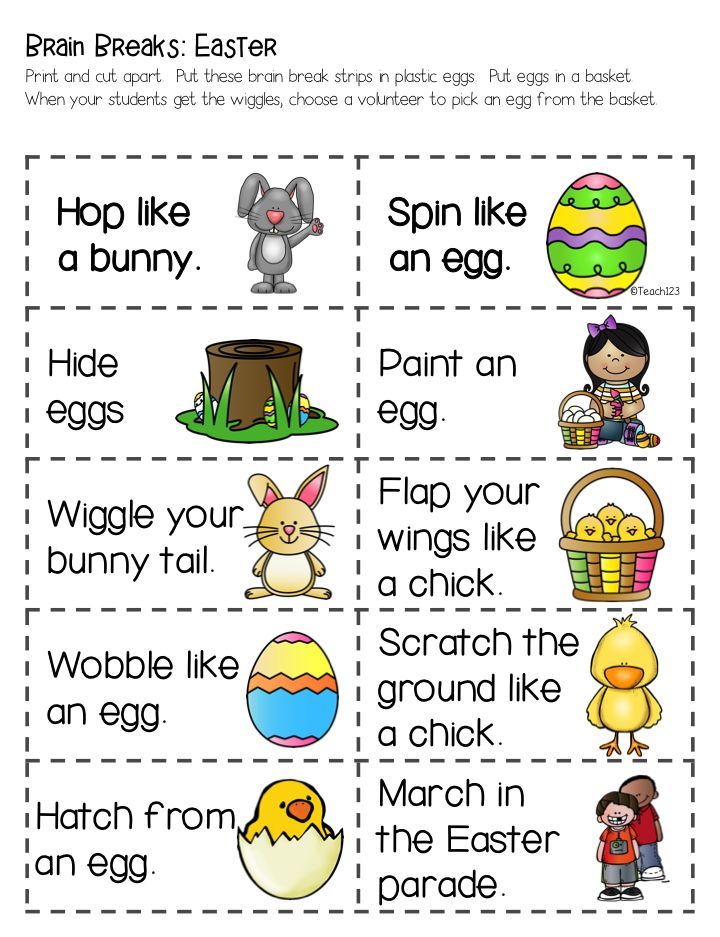 It will be one they want to “read” again and again.
It will be one they want to “read” again and again.
The Easter Story is part of the First Look Devotional Series, a collection of books designed to give kids a first impression of their heavenly Father.
How to explain to a child what Easter is
Bright holiday of Easter. The meeting of this holiday is the main church event of the year. Easter is a kind and bright holiday that brings hope, faith and love to every family. By tradition, Easter is celebrated as a holiday of renewal and rebirth of life.
In many families, Easter is one of the most beloved holidays, because it is a holiday from childhood. Remember Easter, the enchanting aroma of Easter cake and the delicate taste of cottage cheese Easter, and your soul becomes sunny and warm. Do you remember how in the family circle, on Maundy Thursday, they dyed eggs with onion skins? And the joyful faces of relatives who have gathered at the table on the Bright Sunday of Christ and participate in the favorite contest “The Strongest Egg” .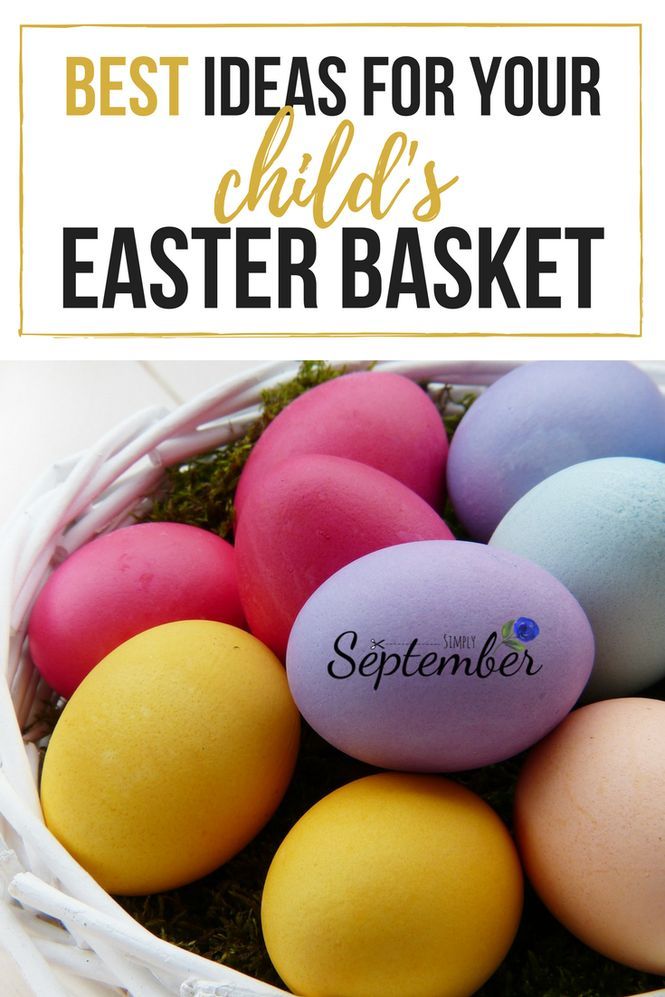 ..
..
We would like our children to have the same warm memories, so that they can pass on the traditions of the bright Easter holiday to their children.
Tell us that Easter is the biggest and brightest holiday, on this day all people remember the event that became a turning point in the history of all mankind, the Son of God rose from the dead and gave all people hope for eternal life in paradise. By his death, he atoned for the sins of all people, cleansed our souls. This day celebrates the victory of good over evil, the victory of life over death. Tell us that on Easter people not only pray, but also arrange games with eggs, round dances, arrange feasts. It is customary for all relatives and friends to give colored eggs - a symbol of life.
It may be difficult for your child to understand right away that Jesus died for our sins. First of all, you will need to explain what sin is, what we do that prevents us from being friends with God. Take some dirty coins and say that dirt on money is a sin. Mix 1/4 cup vinegar and 1 teaspoon salt. Put money in vinegar for 5 minutes. You will get them shiny and clean. Explain that Jesus made us so clean and shiny too.
Mix 1/4 cup vinegar and 1 teaspoon salt. Put money in vinegar for 5 minutes. You will get them shiny and clean. Explain that Jesus made us so clean and shiny too.
Here are some good tips for preparing for the important holiday of our lives to create bright moments in the souls of our children:
1. Bookstores sell in abundance touching postcards depicting temples, Easter eggs, Easter cakes, and children christening. Do not refuse your child to buy such a postcard for a person dear and close to him, even if he lives with you in the same apartment. Let him choose his own postcard. It is advisable to buy postcards without a ready-made text, so that the baby himself shows his imagination and draws or writes his congratulations.
You can make up a postcard and glue it yourself or print it on a color printer.
2. Decorate your home with your child.
On Clean Thursday, do the general cleaning together, let the child help as best he can. Explain that on this day not only the house is cleansed, but also the soul.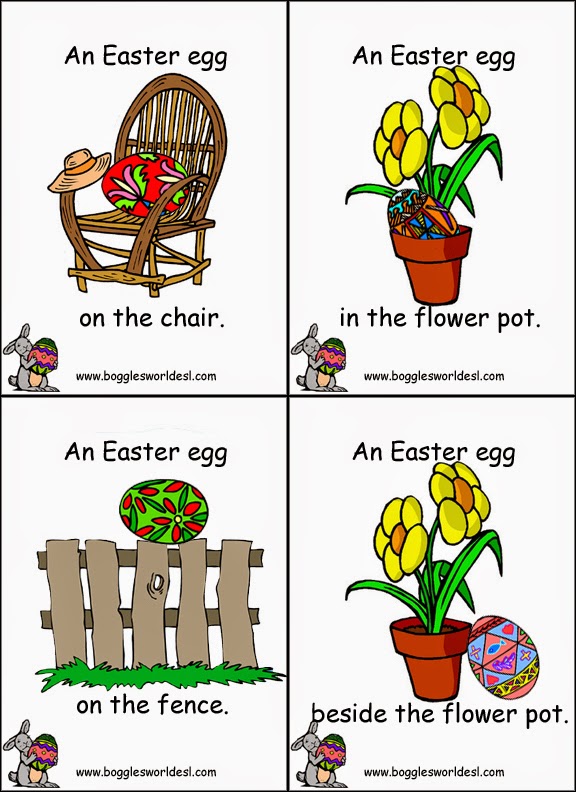 Put flowers in a vase, hang Easter compositions, souvenirs, ready-made Easter-themed coloring pages. Napkins, towels, everything should be Easter today. Glue egg coasters in advance. Buy a special fast-growing grass at the pet store and plant it in a small container with earth, then the first shoots will already appear by the holiday. For the holiday, the child will lay eggs, animal figurines on the green lawn. You can also try making a nest out of wicker, eggs or chicks look exceptionally festive in such a nest.
Put flowers in a vase, hang Easter compositions, souvenirs, ready-made Easter-themed coloring pages. Napkins, towels, everything should be Easter today. Glue egg coasters in advance. Buy a special fast-growing grass at the pet store and plant it in a small container with earth, then the first shoots will already appear by the holiday. For the holiday, the child will lay eggs, animal figurines on the green lawn. You can also try making a nest out of wicker, eggs or chicks look exceptionally festive in such a nest.
3. We, adults, often think that it is not necessary to tell a child what Easter is, why we clean the house, paint eggs. Maybe we think that the child will think of everything himself or will tell in the kindergarten. It is not right! Start your educational activities before the holiday itself. Perhaps you will even give your child a special gift - a book about the Easter holiday.
4. Stock up on paints and stickers for eggs (a wooden egg or an empty chicken egg can be painted with ordinary gouache with PVA glue), you can be sure that coloring and gluing will definitely be “with soul”.
5. Prepare small surprises for your child - boxes of sweets. A western trend is to hide chocolate eggs all over the house and start the morning looking for them.
6. If you are going to bake Easter cake yourself, you will really need them, because, as you know, Easter cake is very capricious, not only does not like temperature changes, but also loud voices, noise. Therefore, while creating a masterpiece, the kid will help you maintain a reverent attitude towards Easter cake.
7. Think over in advance the whole day - visiting the temple, visiting relatives and godfathers, walking around the city. This day should be spent in real light. Take the baby to the temple, he may want to carry the Easter basket himself. On the way, tell him about the rules of conduct in the church. Listen to Easter hymns, walk with the procession.
8. Make an egg slide. It can be a strip of cardboard, lean it on a stand. Place small prizes under the hill, rolling down, the egg touches something - the child takes the gift for himself.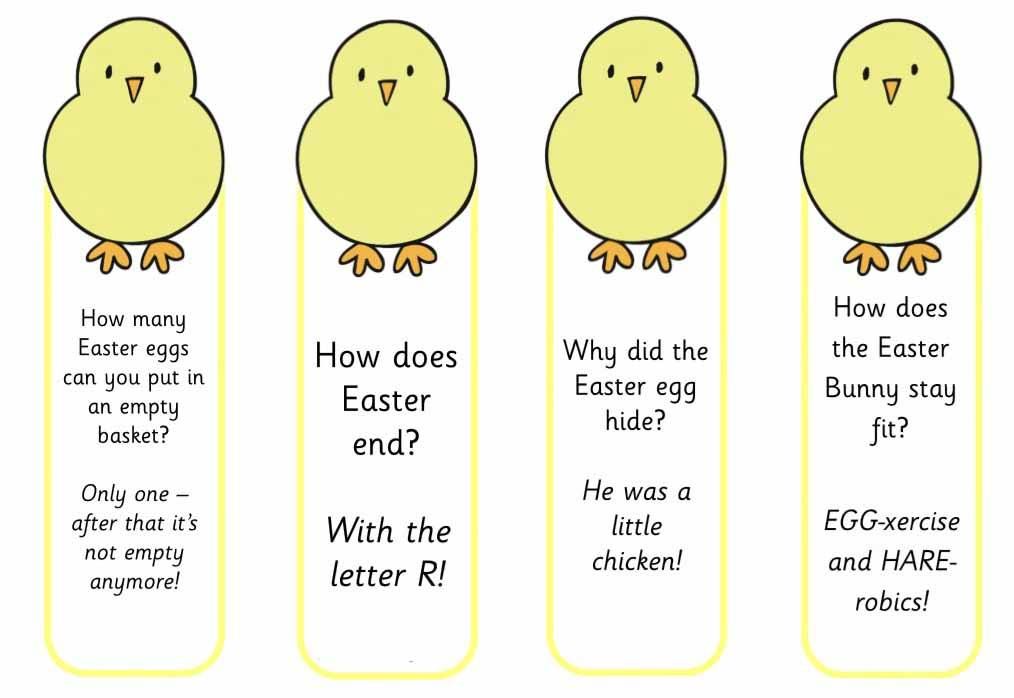
We hope we have helped you, and the preparations for the holiday will bring you and your child only pleasure, making your family united and stronger.
Easter is coming soon. How to explain to a child the meaning of the holiday? | Home and family
“Mom, why do you need to paint eggs?” “Why is it necessary to say “Christ is risen?” The son of my friend once said: “Mom, did I guess correctly? Christ is a name, but is He risen a surname?
Not all parents immediately find words for an accessible explanation of the meaning of this holiday. In general, if this is necessary?..
Well, judge for yourself: children, accustomed to the thoughtless performance of rituals, develop a superficial attitude towards important religious holidays and traditions. It is important that a child understands the meaning of what he is doing from childhood, because this will help him a lot in adulthood. They will not be able to “impose” anything on him simply because it is necessary and everyone does it. If now I teach a child to “look” deep into things, this will make him a reasonable and thinking person.
It is important that a child understands the meaning of what he is doing from childhood, because this will help him a lot in adulthood. They will not be able to “impose” anything on him simply because it is necessary and everyone does it. If now I teach a child to “look” deep into things, this will make him a reasonable and thinking person.
So, the Easter holiday. In what form to explain to the child why we celebrate Easter?
1. First you need to figure it out yourself
It's not bad for a parent to have clarity on something himself, if there is an intention to clarify the topic for his child. The Bible comes to the rescue. In all four gospels, in the last chapters, the death and resurrection of Christ is told. In the Gospels themselves, Jesus explains why His sacrifice was needed. Gaining understanding in this matter, you will be able to better explain to the child the true meaning of the holiday.
Gaining understanding in this matter, you will be able to better explain to the child the true meaning of the holiday.
2. Start a wonderful family tradition:
Set aside a special time before or during the celebration to read a Bible story that points to the meaning of the holiday. Talk to the children about what they heard and answer their questions. (The same can be done at Christmas.)
3. Explain the meaning of the word "Passover"
This word comes to us from Jewish history, and literally means "to pass by." At the same time, it is understood as a “sacrifice”, and this is connected with the story of the exit of the Jewish people from Egyptian slavery, which is also described in the Bible, in the Old Testament.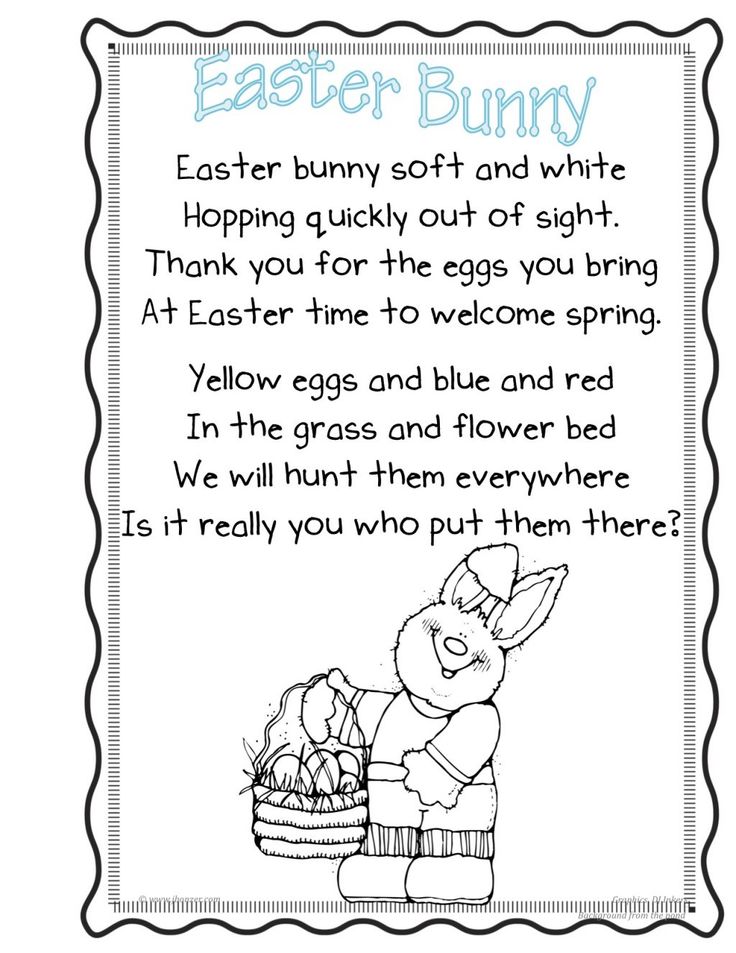 The plot is as follows: God executes executions among the Egyptian people, because the stubborn Egyptian pharaoh does not want to let the Jewish slaves go free.
The plot is as follows: God executes executions among the Egyptian people, because the stubborn Egyptian pharaoh does not want to let the Jewish slaves go free.
And now comes the time of the last execution. Each Jewish family receives a command from God - to take a lamb from the flock without a single flaw, slaughter it, anoint the doorposts with blood, and fry the meat and eat it with the whole family. During the night, the angel of death passed by every door anointed with the blood of the lamb, leaving alive the Jewish firstborn and smiting the firstborn of the Egyptians. After this execution, the Jewish people were set free. The image of a lamb from the Old Testament pointed to Christ, who offered Himself as a sacrifice for the sins of people, which is written in the New Testament. That is why the death and resurrection of Christ, the "Lamb of God" is the center of the Easter holiday, and not Easter cakes and painted eggs.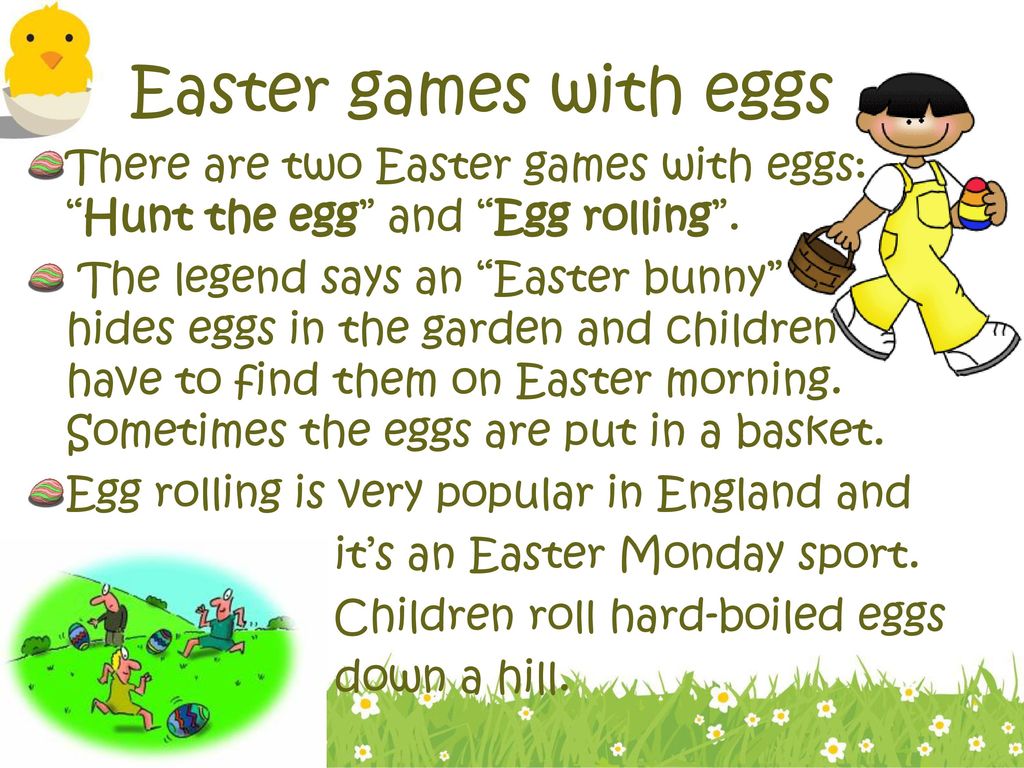
4. Explain the meaning of the greeting “Christ is risen!”
Explain that Christ means "Savior sent from God." Resurrection means revived. Why did he come alive? Because He is not just a man, but God, who has power over death. To greet someone with the phrase "Christ is risen" is to share the joyful news of God's victory over death, over sin, and over the devil. Thus, the one who sincerely believes and accepts the sacrifice of Christ gains eternal life and freedom from sin and the devil.
5. Use a children's Bible with pictures
Show cartoons that do not distort the meaning of the gospel stories, visual illustrations. Most likely, when you tell your child about all this, an avalanche of questions will fall upon you ... Be prepared and rejoice in this - it means that your child opens his heart to such important aspects as faith and spirituality.